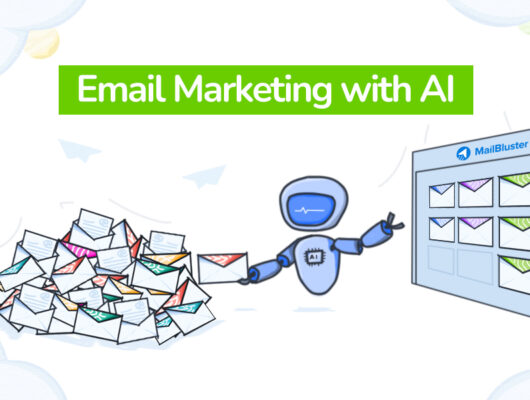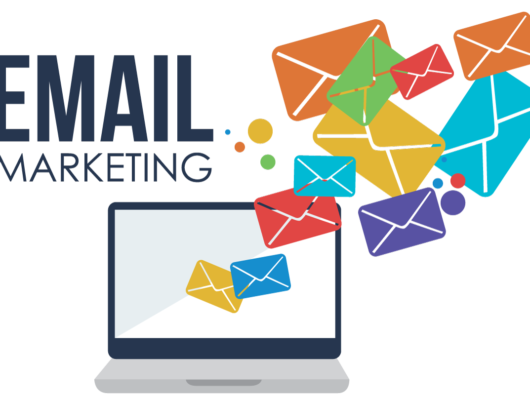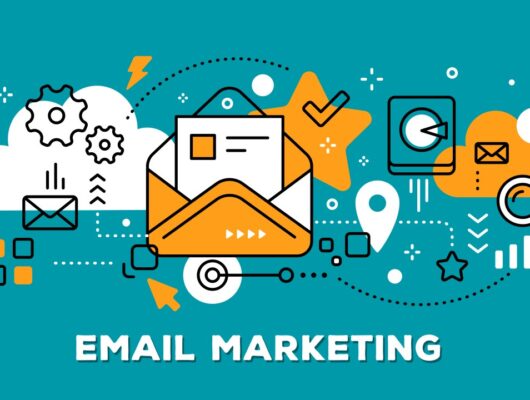In today’s highly competitive online marketplace, simply listing products on your website isn’t enough. To truly stand out and attract loyal customers, you need an effective content marketing strategy that educates, engages, and converts your target audience.
Content marketing allows e-commerce businesses to build trust, drive traffic, and ultimately increase sales.
In this article, we’ll explore the best content marketing strategies for e-commerce and how they can benefit your business.
1. Create Product-Focused Blog Content
One of the most effective ways to drive traffic to your e-commerce store is by creating blog content that showcases your products, answers customer questions, and offers useful insights. A well-maintained blog is a powerful tool for attracting organic traffic from search engines.
- Product guides and reviews: Write detailed guides that highlight the benefits, features, and uses of your products. You can also create comparison posts that pit your products against competitors, showcasing what makes your offerings stand out.
- How-to articles: Offer practical advice on how to use your products in real-life situations. For example, if you sell fitness equipment, you can create content on how to use your products for different workout routines.
- SEO-optimized blog posts: Focus on long-tail keywords that are relevant to your products and industry. By optimizing your blog posts for search engines, you can increase organic traffic to your site and drive more potential customers.
2. Use Video Content to Showcase Products
Video content has become one of the most engaging and persuasive forms of media for e-commerce businesses. Videos allow customers to see products in action, making it easier for them to understand the value your products offer.
- Product demos: Create short videos demonstrating how your products work. For example, if you sell kitchen gadgets, show how they help make cooking easier or faster.
- Unboxing videos: Unboxing videos are incredibly popular, especially for high-end or unique products. These videos allow potential customers to experience the excitement of receiving and discovering your products.
- Customer testimonials and reviews: Share videos of satisfied customers talking about their positive experiences with your products. Social proof in video format can be highly persuasive.
3. Leverage User-Generated Content (UGC)
User-generated content is one of the most authentic and trustworthy types of content. UGC not only provides social proof but also helps build a community around your brand.
- Encourage customer photos: Ask customers to share pictures of themselves using your products on social media. Create a branded hashtag and repost their content on your social media channels and website.
- Run a content contest: Host a contest that encourages customers to share their own content. Offer incentives like discounts, prizes, or recognition to get customers involved.
- Share UGC on your website: Dedicate a section of your website to displaying customer photos, reviews, and testimonials. This will add authenticity to your brand and encourage new customers to make purchases.
4. Develop In-Depth Product Descriptions
Your product descriptions are one of the most important parts of your e-commerce content. They not only need to inform customers but also persuade them to make a purchase.
- Highlight key features and benefits: Focus on the unique selling points of your product. Explain why your product is different and better than competitors.
- Answer common customer questions: Address potential concerns in your product descriptions, such as sizing, materials, usage, and warranty information. Anticipating customer questions will help reduce friction and boost conversions.
- Use storytelling: Craft product descriptions that tell a story. Instead of simply listing features, explain how the product solves a problem or improves the customer’s life.
5. Publish Case Studies and Success Stories
Case studies are powerful content pieces that showcase how your products or services have helped real customers achieve their goals. They are a great way to demonstrate the effectiveness and value of your offerings.
- Show real-life results: Share success stories that highlight how your products have made a difference in customers’ lives. For example, if you sell beauty products, showcase before-and-after results from satisfied customers.
- Feature customer testimonials: Combine case studies with quotes from happy customers who share their positive experiences. This provides credibility and encourages trust in your brand.
- Offer actionable insights: Include practical tips or takeaways that your audience can apply to their own situations. This adds value to your content and keeps your readers engaged.
6. Create Interactive Content
Interactive content engages your audience in a fun, hands-on way while helping them make more informed decisions. This type of content can increase time spent on your site, boost engagement, and drive conversions.
- Quizzes: Offer quizzes that help customers find the perfect product based on their preferences, needs, or lifestyle. For example, a fashion brand could offer a “Find Your Style” quiz to suggest clothing items suited to the customer’s taste.
- Product recommendation tools: Create interactive tools that recommend products based on customer inputs. For instance, a beauty brand could offer a tool that suggests skincare products based on skin type.
- Surveys and polls: Use surveys to gather customer feedback, or create polls that let your audience vote on new products or features. This encourages engagement and provides valuable insights.
7. Email Marketing for Content Distribution
Email marketing is a direct line to your customers, and when used strategically, it can be an excellent way to share content, nurture leads, and drive sales.
- Send personalized recommendations: Use data from your customers’ past purchases and browsing history to send personalized product recommendations that are relevant to them.
- Curated content emails: Create a newsletter that shares your latest blog posts, videos, and product updates. Make sure the content is valuable to your subscribers to keep them engaged.
- Exclusive offers: Send exclusive content, discounts, or early access to new products for your email subscribers. This creates a sense of exclusivity and encourages loyalty.
8. Influencer Marketing for Content Amplification
Influencer marketing allows you to reach a wider audience by leveraging the influence of social media personalities, bloggers, and vloggers. Influencers can create content that resonates with their followers while promoting your products in an authentic way.
- Product reviews and demonstrations: Send your products to influencers in your niche and ask them to create content, such as reviews or tutorials, that showcases how your products solve problems or add value.
- Collaborative content creation: Work with influencers to co-create content, such as blog posts, videos, or social media challenges, that highlights your products in a natural, engaging way.
- Affiliate marketing programs: Set up an affiliate program where influencers can earn commissions for sales generated from their content. This incentivizes them to create high-quality content that drives conversions.
9. Create Engaging Visual Content
Visual content is incredibly important for e-commerce stores, as it captures attention and communicates your brand’s message more effectively than text alone.
- High-quality product images: Use clear, high-resolution images that show your products from multiple angles and in different contexts. Consider adding zoom functionality to allow customers to inspect products closely.
- Infographics: Create infographics that explain product features, benefits, or industry trends in a visually appealing way.
- GIFs and animations: Use GIFs or animated images to show your products in action or highlight their unique features.
10. Optimize Content for SEO
SEO is a crucial aspect of content marketing for e-commerce. By optimizing your content for search engines, you can increase visibility and attract organic traffic.
- Keyword optimization: Research and use relevant keywords in your product descriptions, blog posts, and other content to help search engines understand what your content is about.
- Internal linking: Use internal links to connect related content on your website. This helps search engines crawl your site more effectively and keeps visitors engaged with your content.
- Improve site speed and usability: Make sure your website is fast and easy to navigate. Google rewards sites that offer a smooth user experience with higher rankings.
Conclusion
E-commerce content marketing is a powerful way to attract, engage, and convert customers.
By creating valuable, engaging content—whether it’s through blogs, videos, UGC, product guides, or interactive tools—you can build trust with your audience, improve your SEO, and increase sales.
The key is to understand your audience’s needs, provide them with content that resonates, and continuously optimize your efforts to see the best results.
Content marketing is an ongoing process that, when done right, can establish your brand as a trusted authority in your industry and drive long-term success.







